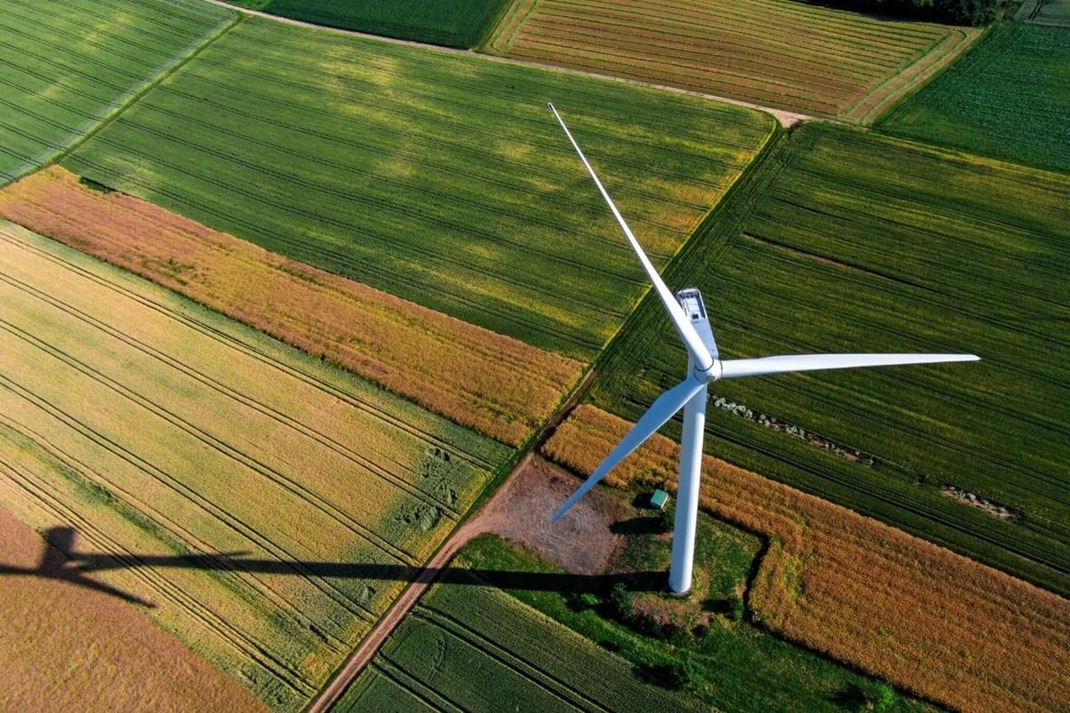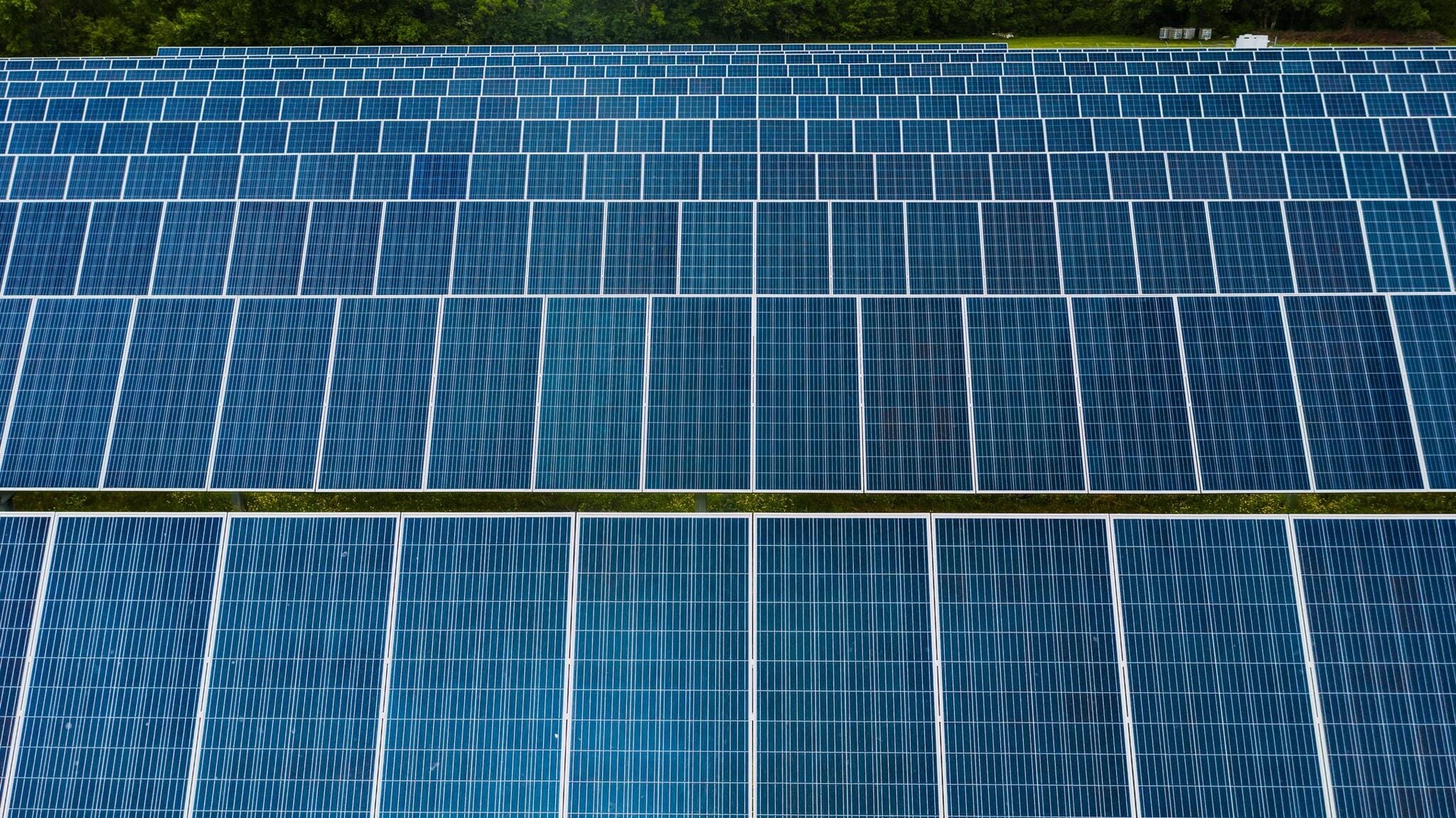TNUoS tariffs: what NESO's latest forecast means for your business
Following the release of the National Energy System Operator's (NESO) latest Five-Year View of Transmission Network Use of System (TNUoS) tariffs, Jessica Butlin, Business Development Team Manager, explores how the increase in network charges may impact your business.

This week, the National Energy System Operator (NESO) published its latest Five-Year View of Transmission Network Use of System (TNUoS) tariffs, prompting a clear need for businesses to prepare for a significant change in network charges.
TNUoS charges, which are essential for funding the UK’s electricity transmission network, are set to rise sharply in 2026/27 and will continue to grow through to 2030/31. For large commercial and industrial (C&I) energy users, this is a material factor that could impact your operating costs. Understanding what’s driving these changes, as well as how they could affect your business is the first step in managing them.
The reasons behind the increase
NESO explains that these forecast changes are primarily driven by the transition into the new RIIO-3 price control period. As Transmission Owners begin operating under new revenue allowances and investment plans, the focus is on a major cost driver - network reinforcement.
The UK's net zero ambition is leading to a growing number of renewable generation projects in remote locations. Delivering clean power from where it's generated to where it's needed requires substantial upgrades to the grid. This essential infrastructure investment is a core component of the energy transition, and is funded through charges like TNUoS.
NESO has also updated its transport models, refining key parameters that affect locational tariffs and contributing to the higher-than-expected figures. This highlights the complexity and volatility of the current system.
What you need to be aware of
The data from NESO's report provides a clear picture of the scale of the upcoming changes:
- Demand-side residual revenue is forecast at £7.52 billion in 2026/27, an increase of £3.86bn from the previous forecast. This is a notable 94% increase compared to the 2025/26 final tariffs.
- The average Half-Hourly (HH) demand tariff is forecast to rise to £3.18/kW.
- The average Non-Half-Hourly (NHH) demand tariff will increase to 0.43 p/kWh.
| Demand TNUoS Charges | 2025/26 (Final) | 2026/27 (Forecast) | Change |
| HH Demand Tariff | £3.00/kW (on average) | £3.18/kW | ↑ £0.18/kW |
| NHH Demand Tariff | 0.38 p/kWh | 0.43 p/kWh | ↑ 0.05 p/kWh |
| EET (Embedded Export Tariff) | £3.00/kW (on average) | £3.45/kW | ↑ £0.45/kW |
| Demand Residual Revenue | £3.84bn | £7.52bn | ↑ £3.68bn |
Navigating an evolving landscape
NESO acknowledges the inherent volatility in these costs. While long-term reforms are in progress as part of the REMA (Review of Electricity Market Arrangements) process, they are not expected to be fully delivered until 2029. This means that for the time being, businesses must manage within a system that remains subject to significant shifts.
For energy consumers, particularly large users, proactively understanding your specific site’s geographic zone and capacity is essential. These factors determine your TNUoS banding and, consequently, your exposure to these forecasted charges.
At SmartestEnergy, we’re committed to helping our customers make the smartest switch, with our team of experts providing the insight and support needed to navigate complex market changes like this. We work with our customers to understand their unique circumstances, offering tailored solutions and market intelligence to help them manage their exposure to rising network costs.

Want to learn more about how these charges will impact your energy bill?
Join our upcoming Non-Commodity Costs webinar, taking place 23 September. Hear from our energy experts on the latest price forecasts and regulatory updates to better understand your energy bill.


